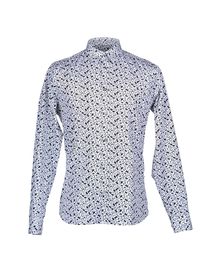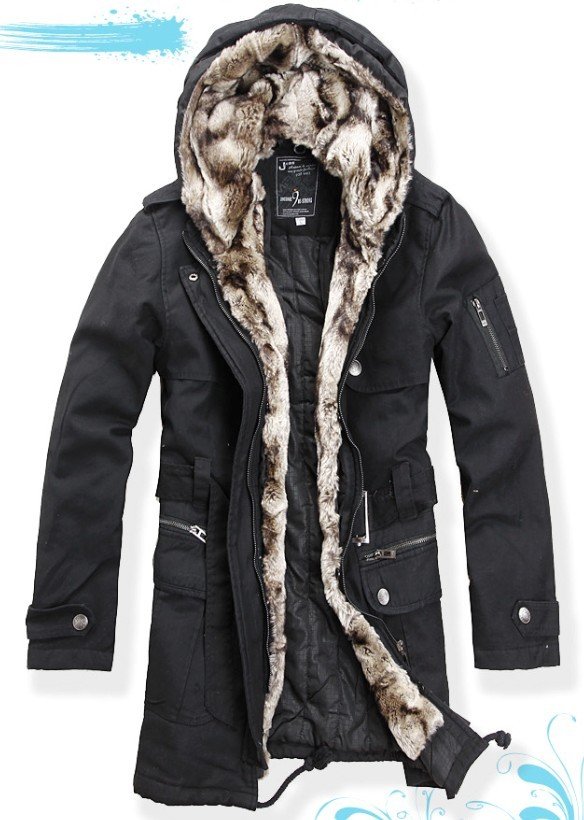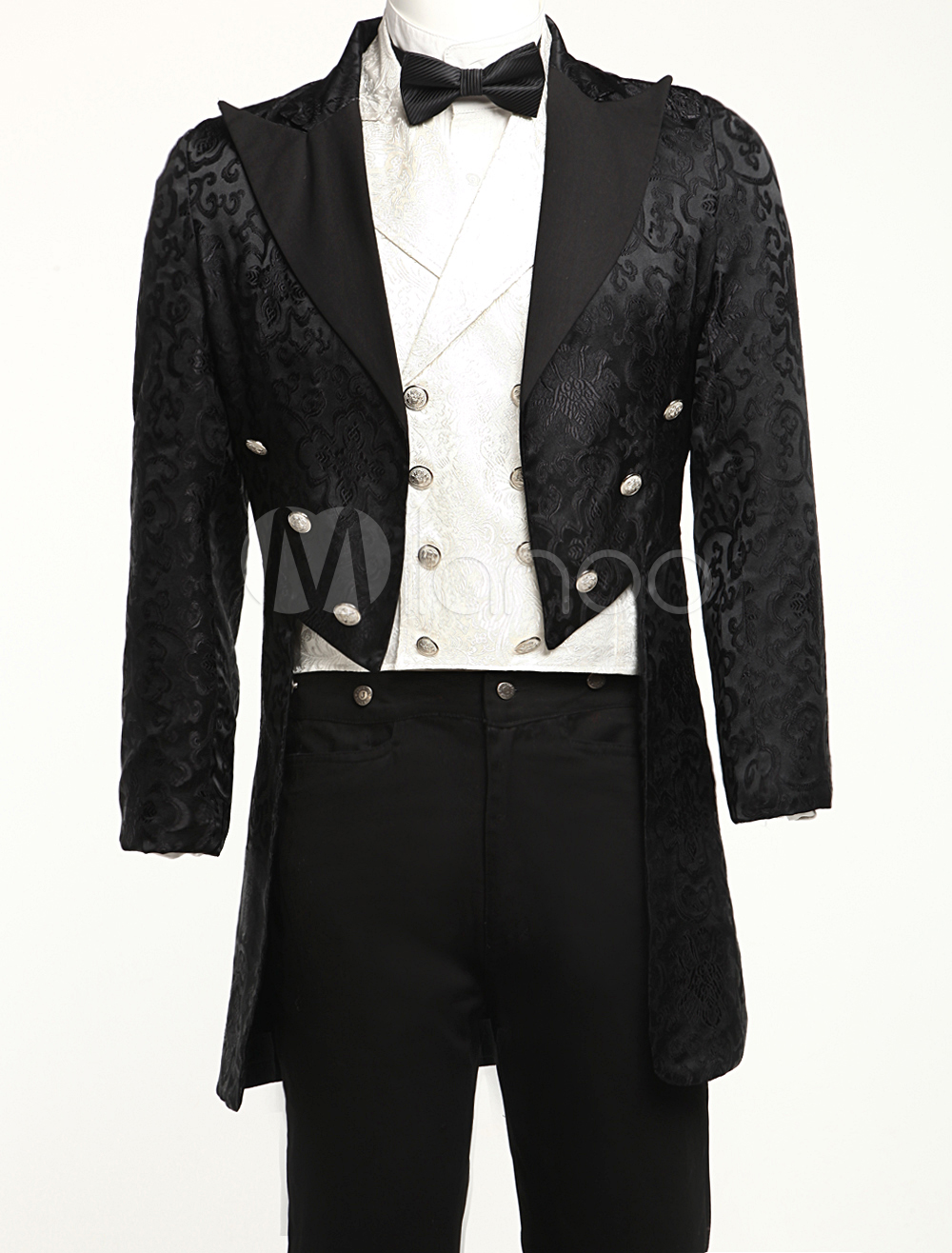Mens Fashion Sale Biography
Source:- Google.com.pkEthical concerns of workers within garment industry in the U.S grew during the late 1800s and early 1900s. An influx of various immigrant groups paired with a garment industry boom following the industrial revolution resulted in mistreatment of workers across garment shops and factories within the industry.
Inequalities existed amongst different types of workers within the industry, with "cutters" often subject to better wages and hours, both before and after strikes. Cutters both worked in tenement sweatshops as well as factories, meticulously cutting the materials and patterns for garments. Men, as well as workers of higher ethnic immigrant groups who had been living in the U.S for longer periods often served as cutters, while women worked within the "home work" field of the industry. Within the "home work" field, women took garments to tenement homes for specific processes such as "felling". This consisted of stitching the linings of coats, collars or cuffs, as well as basting pants, sewing buttons, or tacking pockets. The work was often viewed as not requiring any great amount of skill, and received the least amount of pay among the garment industry jobs of the era. "Home work" was also often rumored to have the highest possibilities for abuses, as though it fell under the garment industry, was not under the supervision of factory owners or managers.
Jews are an example of an ethnic group during the late 19th and early 20th centuries who were viewed as a minority race not strong enough to work in garment factories as cutters, and better suited for "light occupations as sewing" within sweatshops or the "home work" field. Garment workers brought an ethnic labor consciousness to the U.S, either by choice or force, and gender battles and beliefs often came second to working-class solidarity. Gender represented a strong common ground during the early years of tenement sweatshops, as the workers were not stereotyped by their gender, but race.Class was tied to race and ethnicity, and sweatshop wages were so low that male and female workers had to support their families by working in factories and shops with low wages, dangerous work conditions, and extended hours, often over fifty a week.
While laws at the end of the 1900s served to protect these "home workers", it has been noted by many scholars of the period that these laws were largely ineffective. Strikes in the 1900s often addressed the rights of these workers, and some of them even worked to eliminate "home workers" from the industry, with the understanding the women would move to similar positions within garment factories
Safety garb for women workers in Los Angeles, California, c. 1943. The uniform at the left, complete with the plastic "bra" on the right, was designed to prevent occupational accidents among female war workers.
Though mechanization transformed most aspects of human industry by the mid-20th century, garment workers have continued to labor under challenging conditions that demand repetitive manual labor. Mass-produced clothing is often made in what are considered by some to be sweatshops, typified by long work hours, lack of benefits, and lack of worker representation. While most examples of such conditions are found in developing countries, clothes made in industrialized nations may also be manufactured similarly, often staffed by undocumented immigrants.[citation needed]
Coalitions of NGOs, designers (Katharine Hamnett, American Apparel, Veja, Quiksilver, eVocal, Edun,...) and campaign groups like the Clean Clothes Campaign (CCC) have sought to improve these conditions as much as possible by sponsoring awareness-raising events, which draw the attention of both the media and the general public to the workers.
Outsourcing production to low wage countries like Bangladesh, China, India and Sri Lanka became possible when the Multi Fibre Agreement (MFA) was abolished. The MFA, which placed quotas on textiles imports, was deemed a protectionist measure.[citation needed] Globalization is often quoted as the single most contributing factor to the poor working conditions of garment workers. Although many countries recognize treaties like the International Labor Organization, which attempt to set standards for worker safety and rights, many countries have made exceptions to certain parts of the treaties or failed to thoroughly enforce them. India for example has not ratified sections 87 and 92 of the treaty.
Mens Fashion Sale Mens Fashion 2014 Boots Suits Winter Magazine Tumblr Shoes Shirts Photos Pics
Mens Fashion Sale Mens Fashion 2014 Boots Suits Winter Magazine Tumblr Shoes Shirts Photos Pics
Mens Fashion Sale Mens Fashion 2014 Boots Suits Winter Magazine Tumblr Shoes Shirts Photos Pics
Mens Fashion Sale Mens Fashion 2014 Boots Suits Winter Magazine Tumblr Shoes Shirts Photos Pics
Mens Fashion Sale Mens Fashion 2014 Boots Suits Winter Magazine Tumblr Shoes Shirts Photos Pics
Mens Fashion Sale Mens Fashion 2014 Boots Suits Winter Magazine Tumblr Shoes Shirts Photos Pics
Mens Fashion Sale Mens Fashion 2014 Boots Suits Winter Magazine Tumblr Shoes Shirts Photos Pics
Mens Fashion Sale Mens Fashion 2014 Boots Suits Winter Magazine Tumblr Shoes Shirts Photos Pics
Mens Fashion Sale Mens Fashion 2014 Boots Suits Winter Magazine Tumblr Shoes Shirts Photos Pics
Mens Fashion Sale Mens Fashion 2014 Boots Suits Winter Magazine Tumblr Shoes Shirts Photos Pics
Mens Fashion Sale Mens Fashion 2014 Boots Suits Winter Magazine Tumblr Shoes Shirts Photos Pics










No comments:
Post a Comment